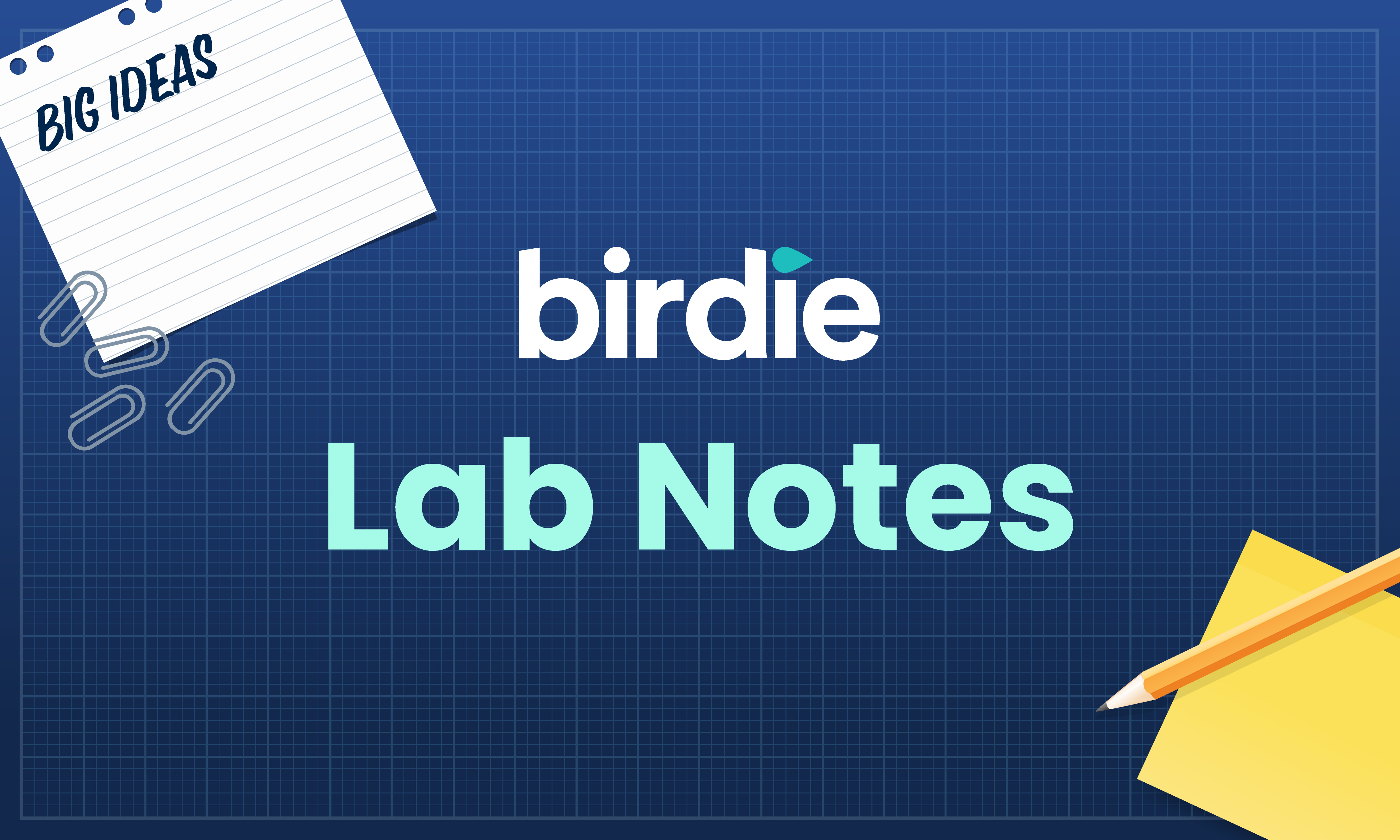Table of contents
This article will cover what daily care notes are, how to write daily care notes and several examples of what good and bad care notes may look like.
What are daily care notes?
Daily care notes are formal records, detailing the care delivered to an individual client. Recording daily care notes can support Professional Carers in capturing a more complete, personalised record of the needs, challenges and activities of the individuals in their care. Care notes are an essential part of the documentation process, and the information can be used to record changes, or review and update care plans.
Daily care notes also provide an integral channel of communication between staff, and they reflect the situation of care delivery within an organisation. They may note changes in the client’s health, demeanour, or in their mood.
Read also : 8 Best Online Medication Record Systems

How to write daily care notes
A common saying within the homecare industry is that, ‘if it wasn’t documented, it didn’t happen’. Ensuring that daily care notes are well-written, to the point and concise is vital in order to ensure the clients' health is being thoroughly recorded and stored for their well-being and safety.
We’ve included some tips on what to focus on when writing daily care notes, plus some examples later on of some good and bad daily notes, and how to tell the difference.
- Always make sure you have the correct time and date.
This may seem like a no-brainer, but if this isn’t documented accurately, it can cause all types of issues for the client and the carers who are responsible for providing care. Notes should be able to be read at the start of each shift, so all Care Professionals have the knowledge to understand what type of support may be needed.
- Be concise.
When writing care notes, they should be concise and quick to the point. They shouldn’t contain any type of jargon, abbreviations or acronyms. This could lead to confusion and misunderstandings when going through notes. Ensure that the notes are easy to read and understand for everyone involved in the client's care.
- Be objective.
Avoid including unnecessary details when taking care notes. The priority is the client and their well-being, so it’s important to be objective and to not include any emotionally charged language. It’s best to keep to the facts and to note down the information that’s most relevant.
Download Birdie's free care management paper template pack! In this pack you'll find printable templates for care planning, MAR chart, body maps and a client profile template, along with examples of how to fill in these templates. Download your free pack today!
6 Examples of daily care notes
We’ve listed some examples of some daily care notes that range from what a good daily care note may look like, and why some others fall short.
Example A
- Report for 07th August 2022. 4:15PM by Joanne L.
‘Jeremy took his medication (ibroprofen 400mg) this morning with a slice of toast and butter. I helped him get the shower ready in the bathroom and then waited outside. After Jeremy finished I helped him to get dressed. We talked about his youngest daughter Isabelle, and then I left him watching TV in the lounge.’
The above is an example of a good daily care note, it’s concise, detailed and describes the situation thoroughly.
Example B
- Report for 10th August 2022. 2PM.
‘FB. Didn’t want medication. Notified GP.’
The above isn’t an example of a good daily care note. The carer hasn’t listed their name, and has used abbreviations which can be confusing or misconstrued by other carers.
Read also: Best domiciliary homecare software for 2024: how to choose
Example C
- Report for 10th August 22, by Joanne L.
‘Jeremy settled well last night and had dinner (fish and peas). Jeremy then did the crossword and went to bed at 8:30PM Jeremy slept through the night, he said at dinner the new cream is causing him to itch.’
Although this is a detailed daily note, it can be more specific. For example, it doesn’t include the name of the new cream for it to be documented, to show Jeremy is experiencing side effects.
Example D
- Report for 11 August 22, 4:15PM by Joanne L.
‘Jeremy had some food and took medication. He washed and then watched some TV.’
The above is an example of a bad daily care not. It lacks detail, thoroughness and doesn’t give full-fleshed descriptions of Jeremy.
Article continues below this video
This video clip gives you a quick overview of what the client feed and notes feature looks like on the Birdie platform. Find out how Birdie's care management tools reduces admin time, so you can spend more time on doing what matters most, delivering care.
Want to see how Birdie works? We think you’ll love it. However, there’s no obligation to buy, no sales pitch, and no commitment.

Example E
- Report for 11 August 22, 7:15AM by Joanne L.
‘Jeremy settled well last night and had dinner (fish and peas). Jeremy then did the crossword and went to bed at 8:30PM. Ensured that his room was tidy and there were no obstacles. Jeremy slept through the night and woke up at 6:30AM.’
This is another good example of a concise, detailed daily note. It provides times and relevant information for the next carer.
Read also: How to setup a care agency
Example F
- ‘End Of Shift Report for 11th August 2022, 11:30AM by Joanna L. Read and approved.’
Being able to sign off/ and check through your notes is vital to understand where you may have missed something and that you’ve included details. A proper sign off will ensure that the care the individual has received has been well documented.
Because a lot of agencies are still paper-based, accessing crucial information about the care a client needs or is receiving is difficult. Care managers often do not know what actions have been taken during a visit, or if they have experienced any issues. This leads to a lack of transparency in regard to the quality of care that is being provided to clients.
It’s important to be able to ensure that notes are all in one place and easy for others to access and be kept up to date. Birdie’s system allows you to complete a report in just a few taps, and share it in real time with everyone involved in the clients care. Everyone is kept up to date, and transparency is kept at the forefront of care visits.
Find out how taking daily cate notes is easier with Birdie by your side.

Published date:
March 20, 2024
Author:
Gabriella Staples

.jpg)
















.svg)